CLEAR NAIL PROGRAM™/LASER TREATMENT
TOENAIL FUNGUS BEFORE AND AFTER PHOTOS
At Restore Podiatry & Laser Center, we are proud to offer our newest, latest laser treatment and CLEAR NAIL Program™ which is powerful inclusive approach to your treatment for toenail fungus. We take time to understand our patients and understand their needs. The treatment depends on duration of infection, depth of infection, involvement of infection, type of infection, thickness of toenail. You may be wondering if your toenails look like nails of other people who have toenail fungus. This gallery shows a full range of fungal toenail severity before and after pictures so you know what to expect from treatment with our newest, latest Laser treatment and/or Clear Nail Program™.
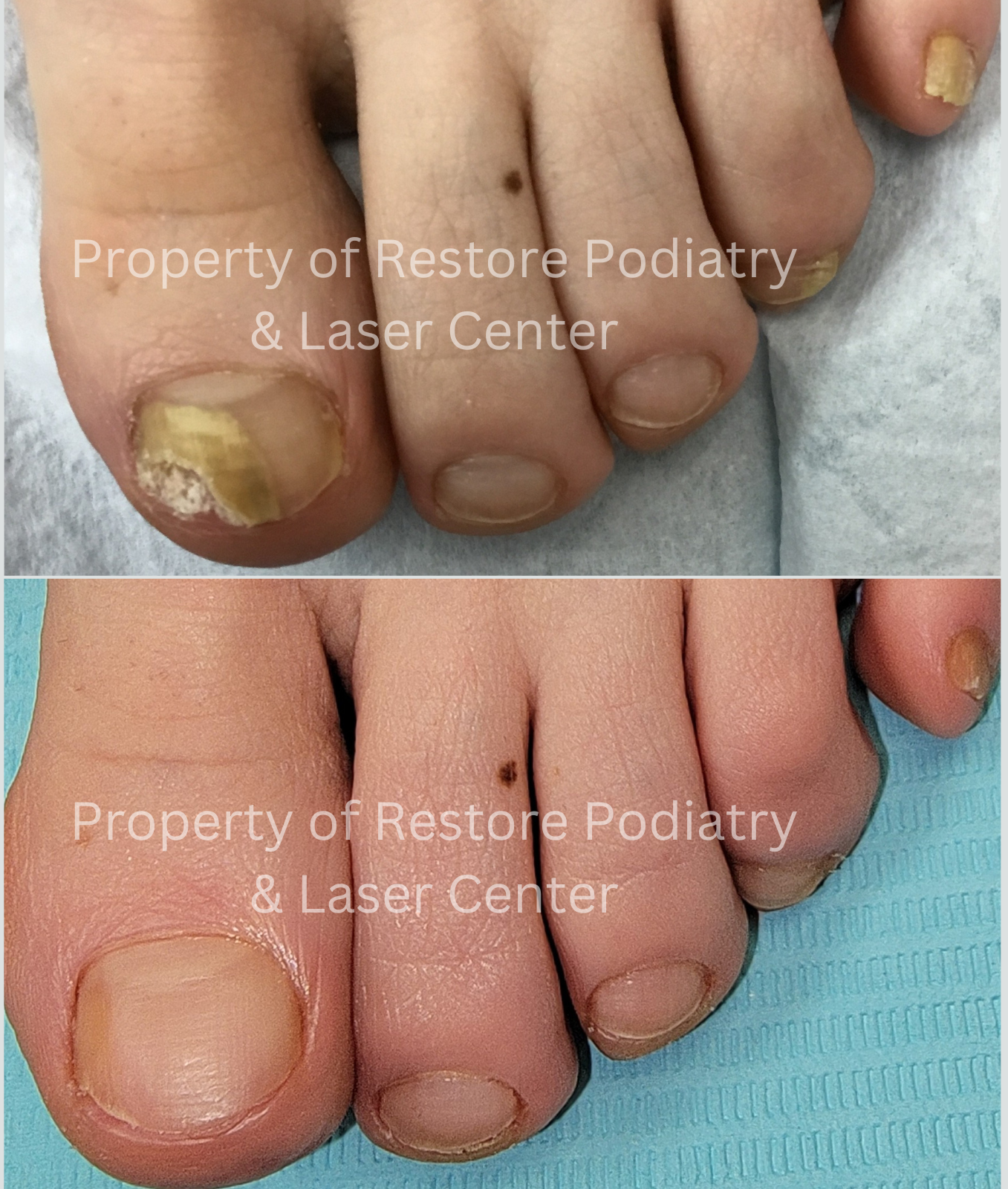
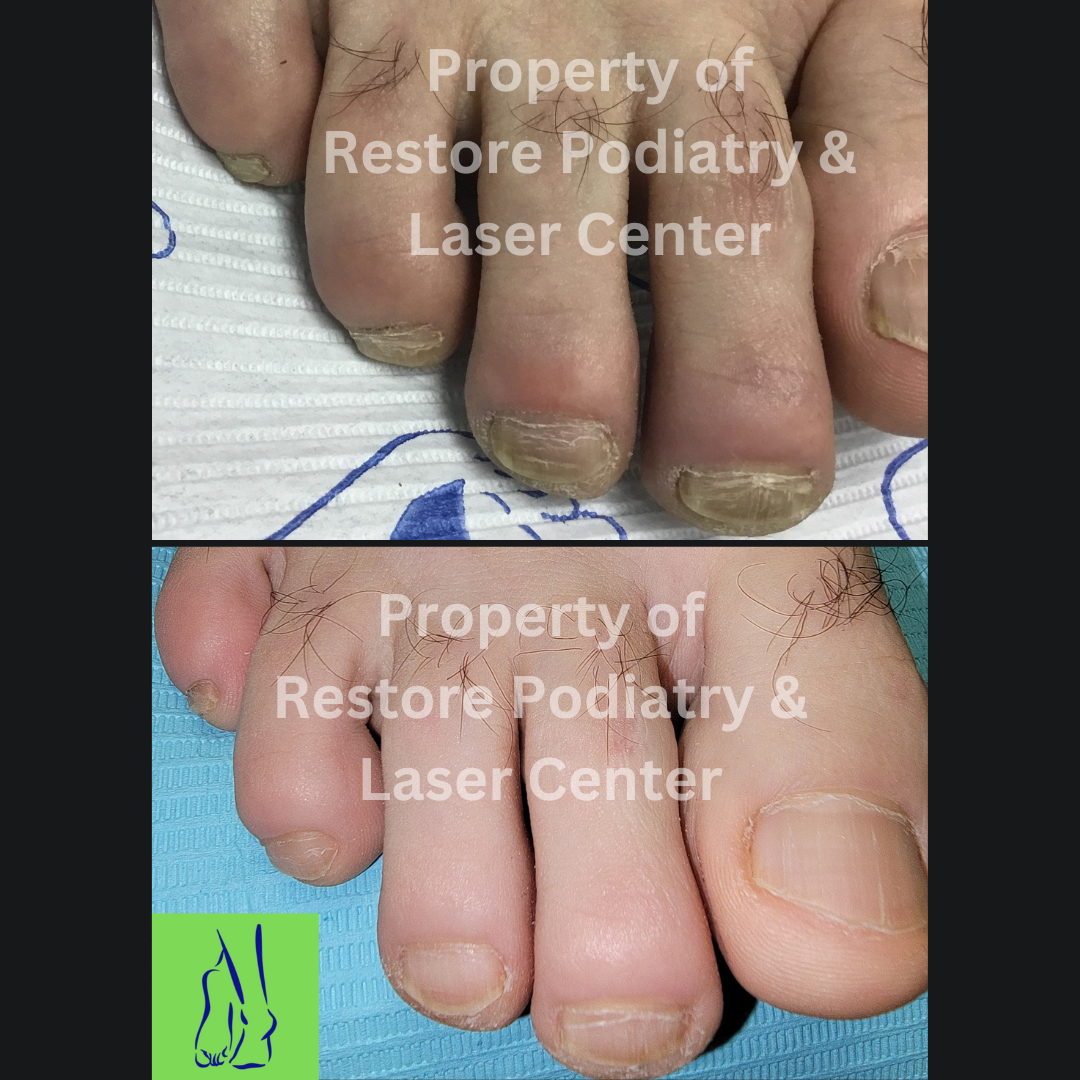
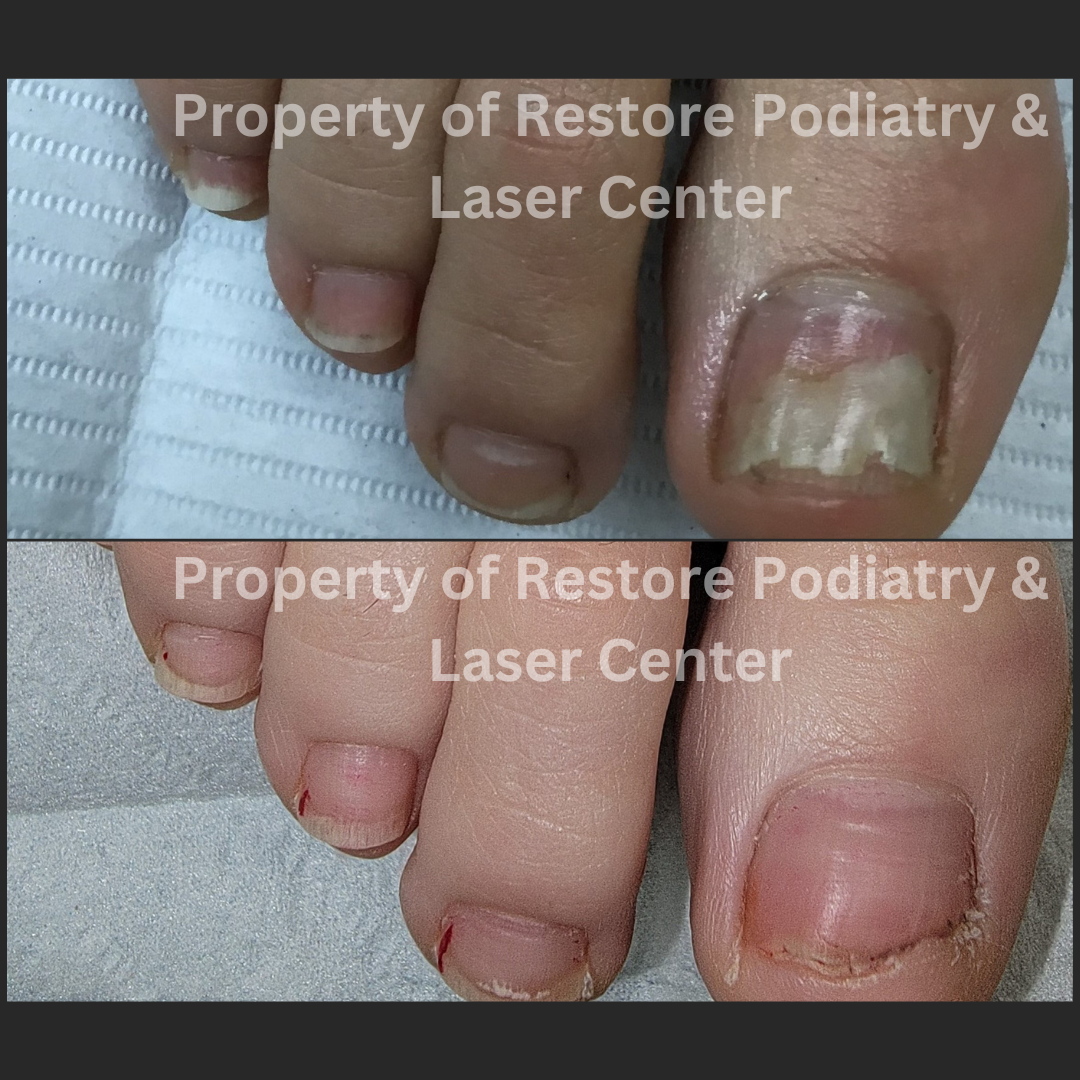

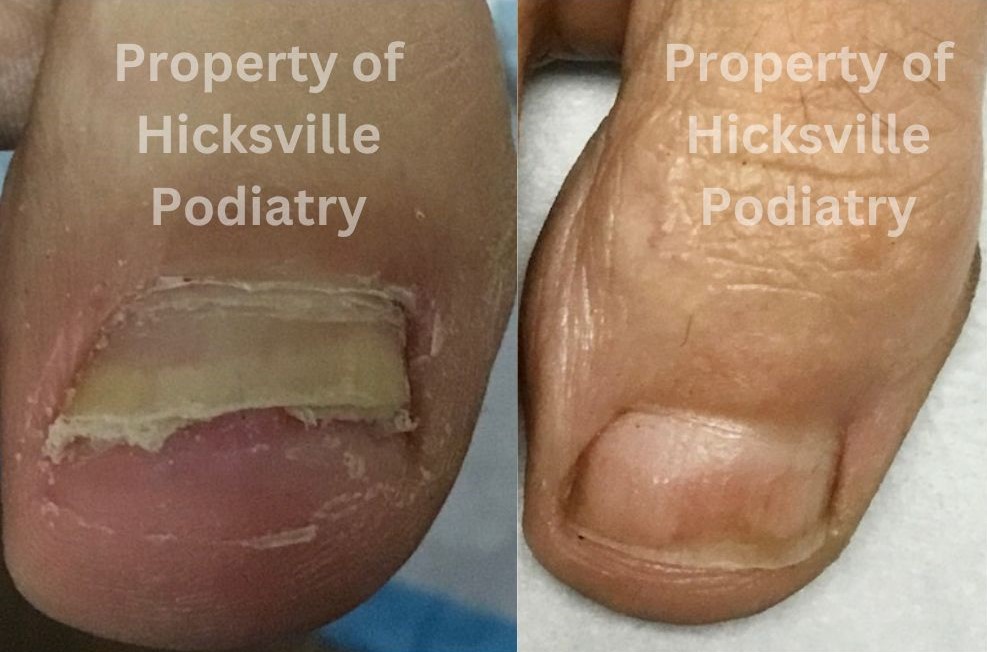
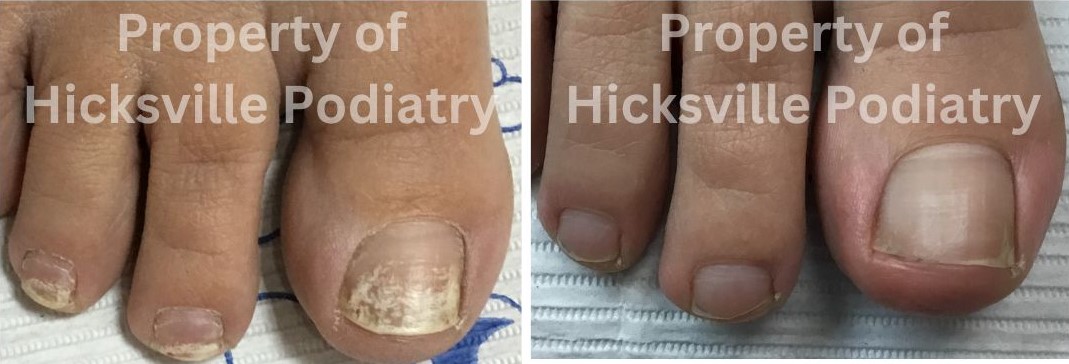

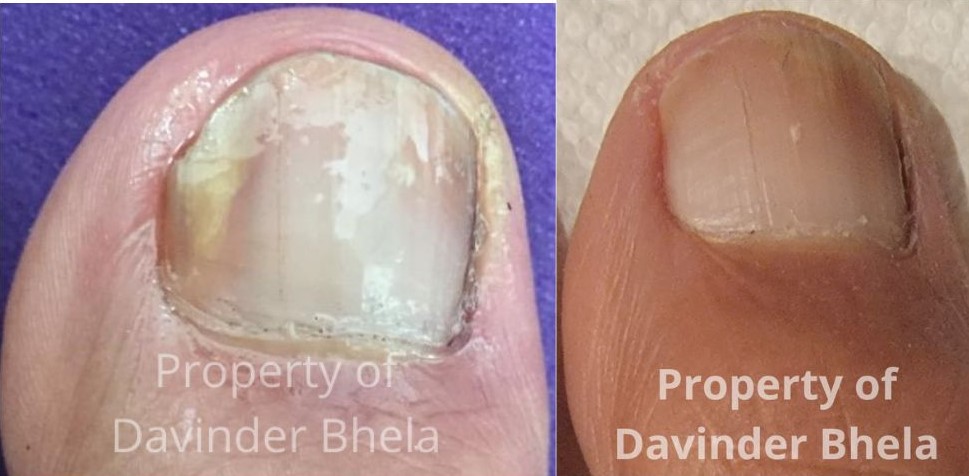
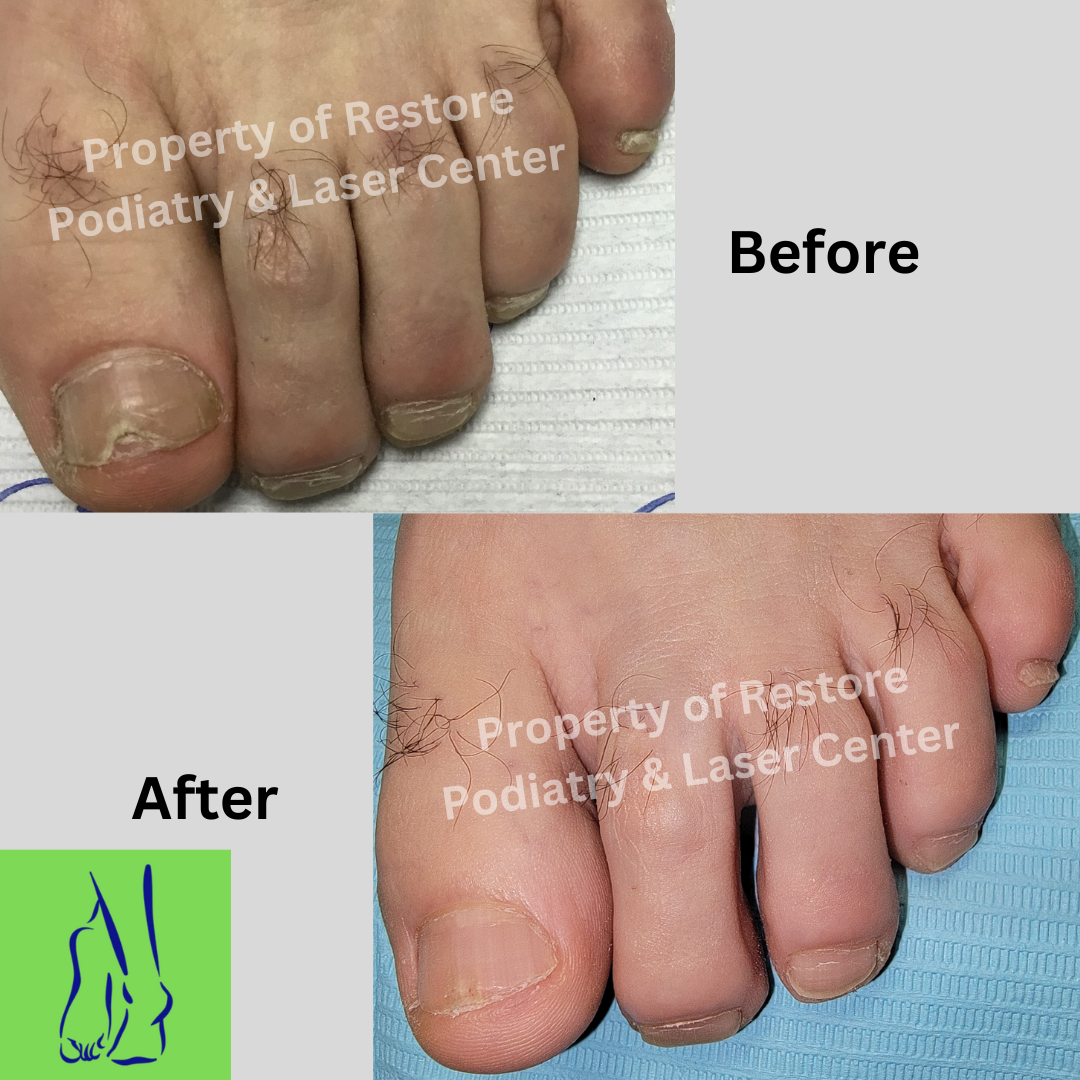
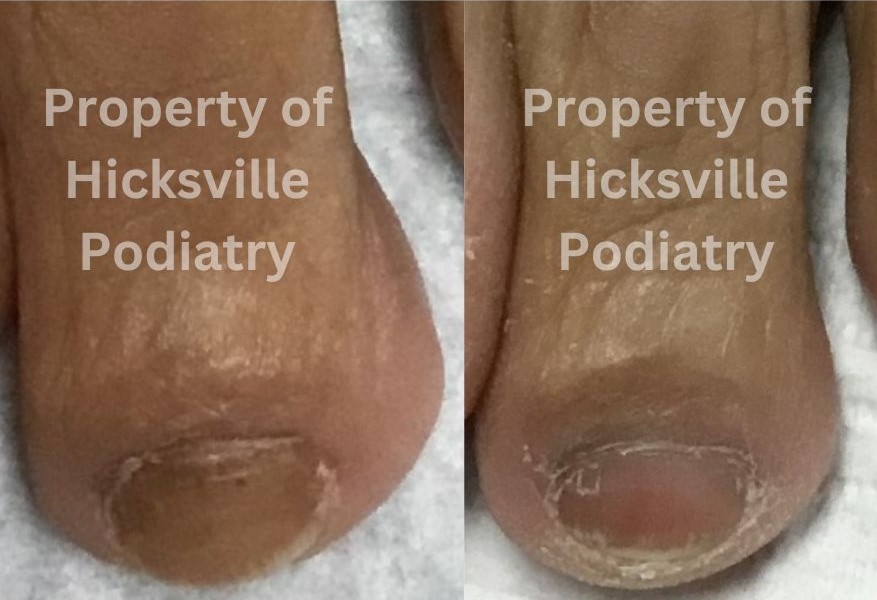
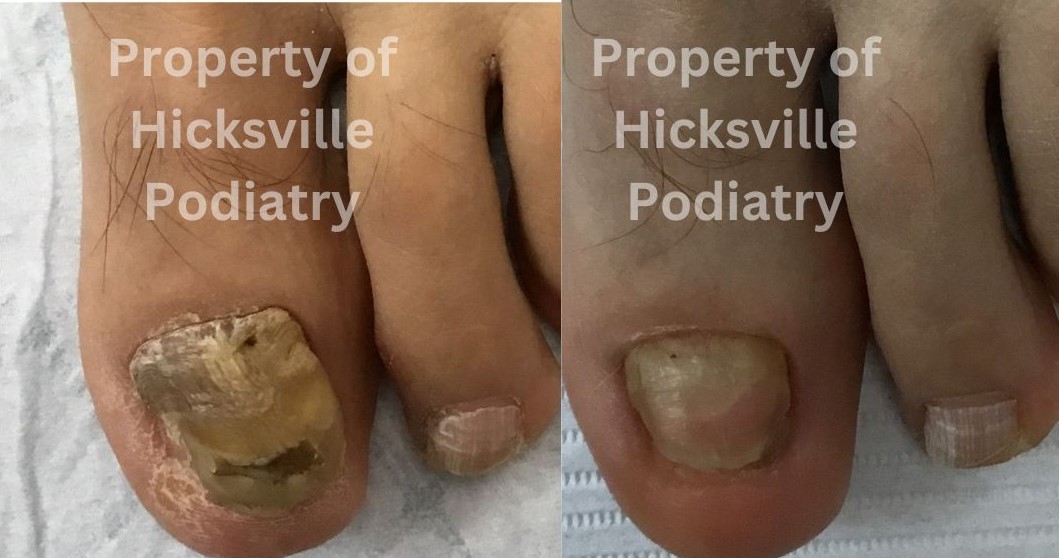
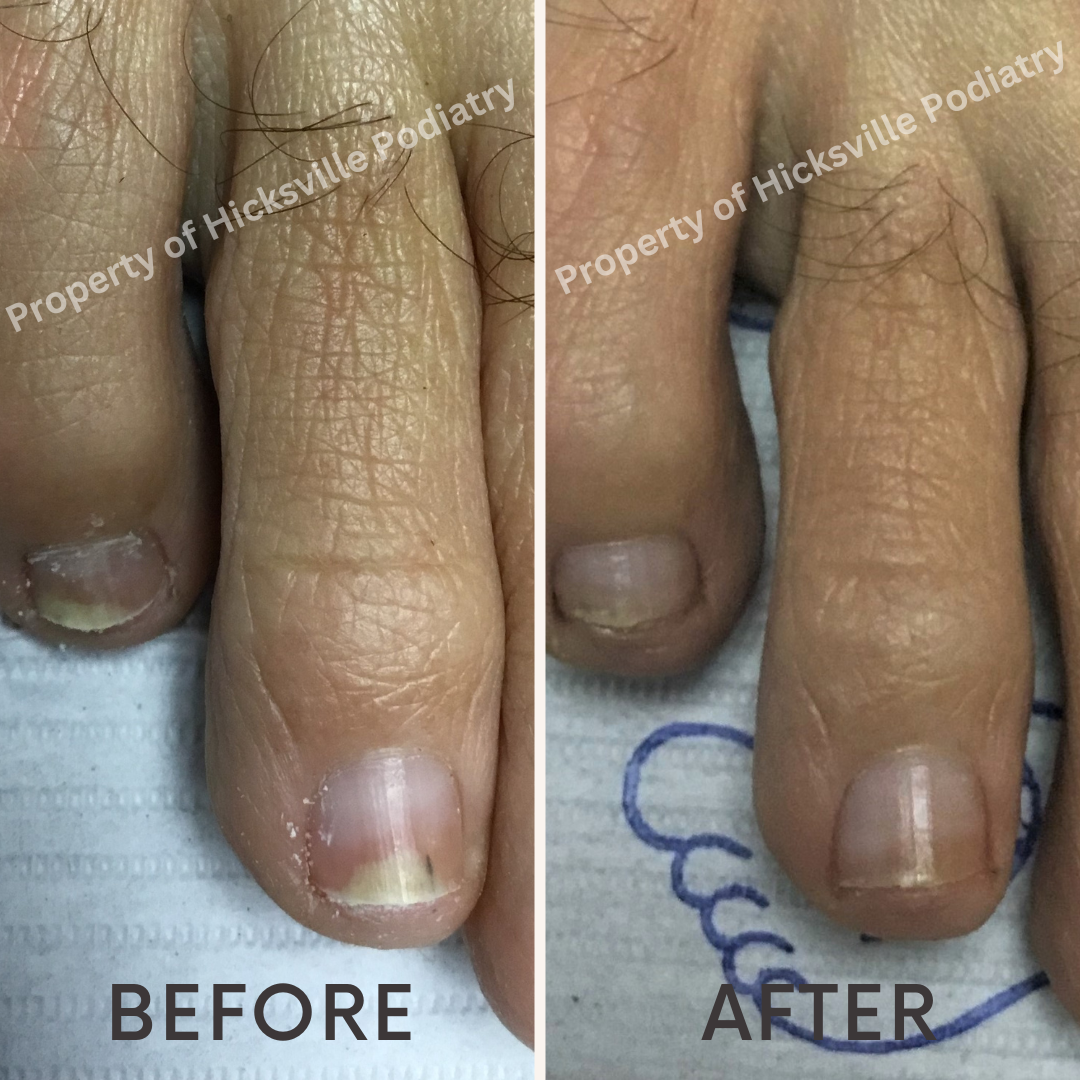
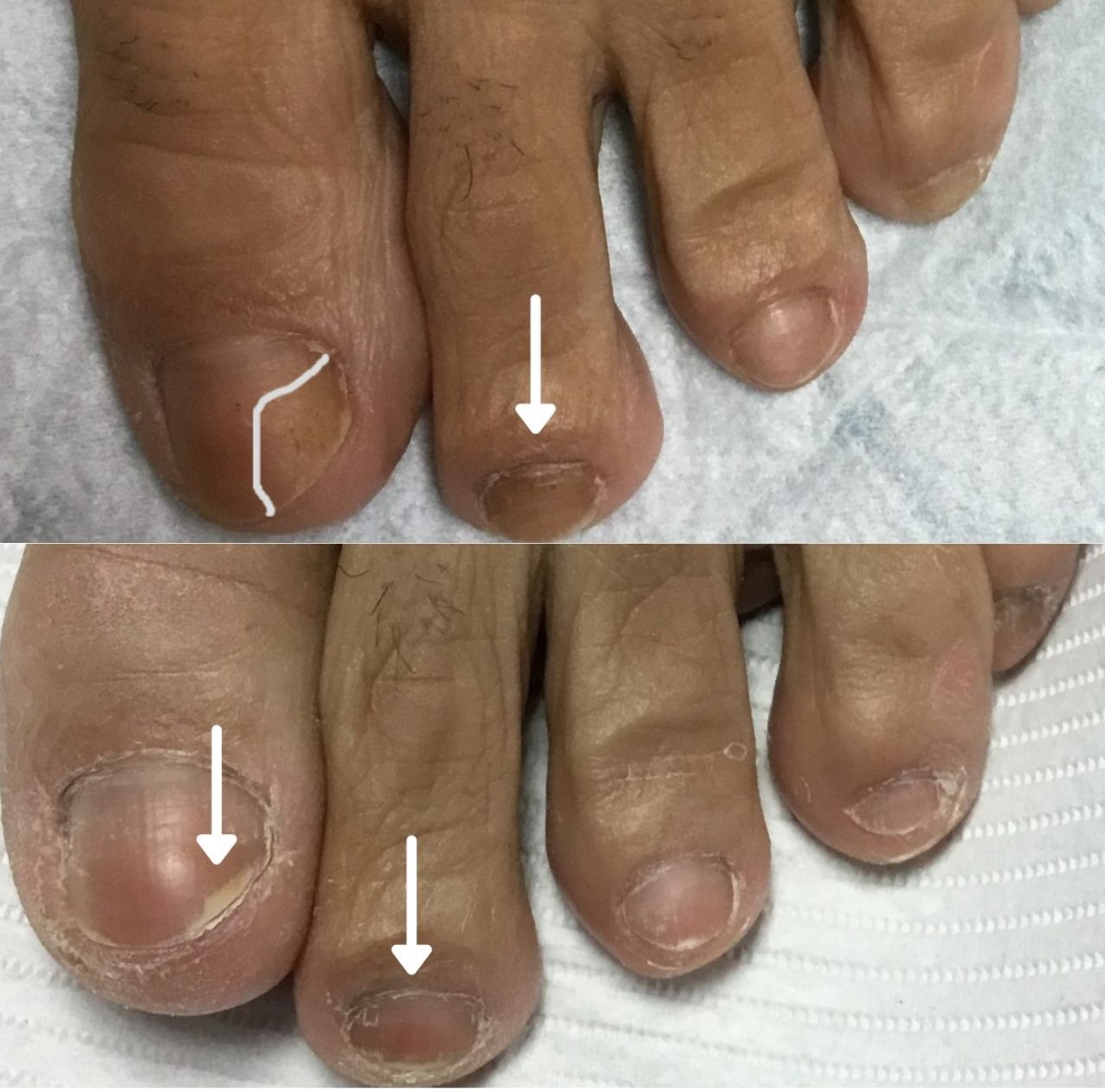
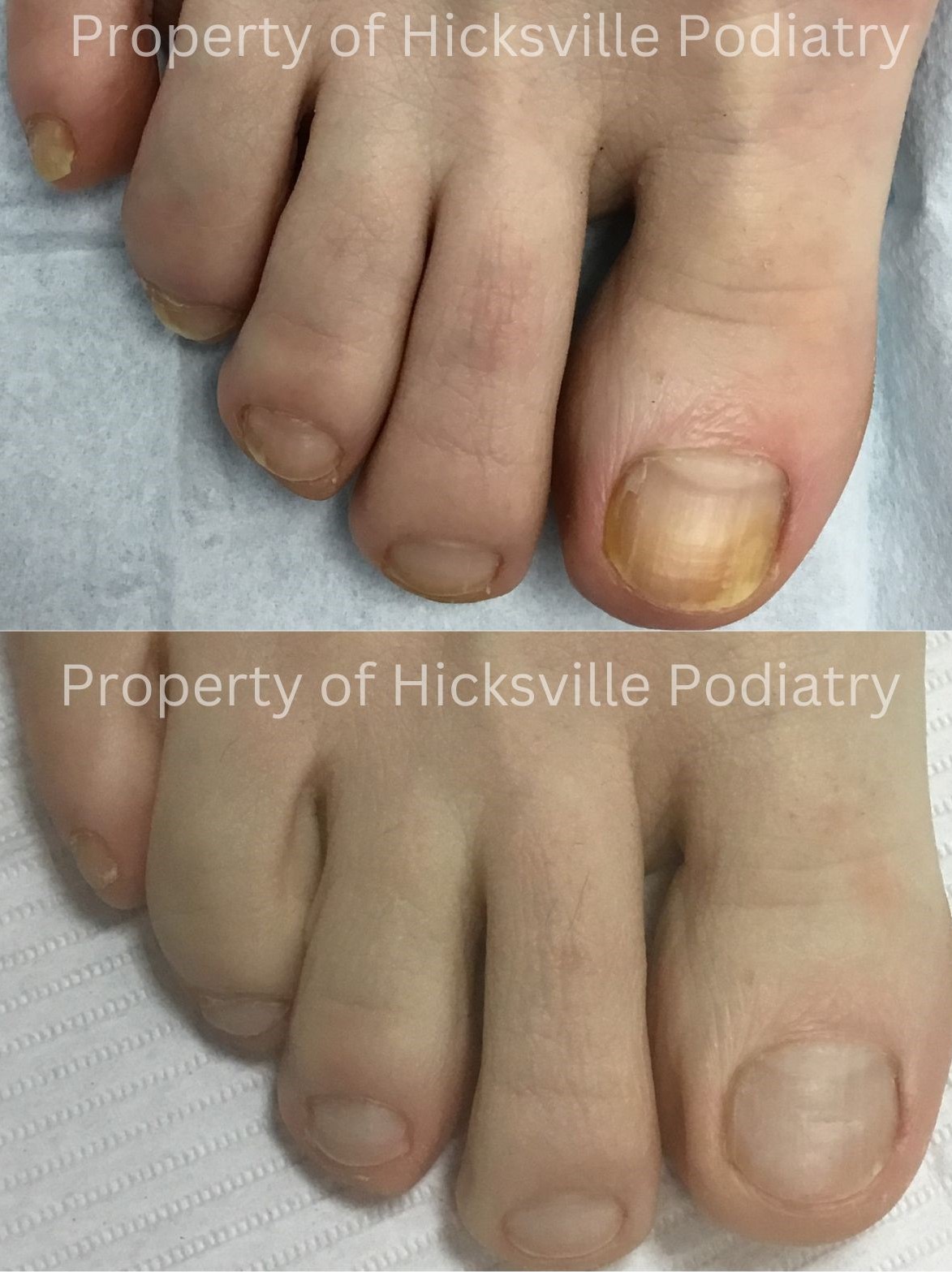

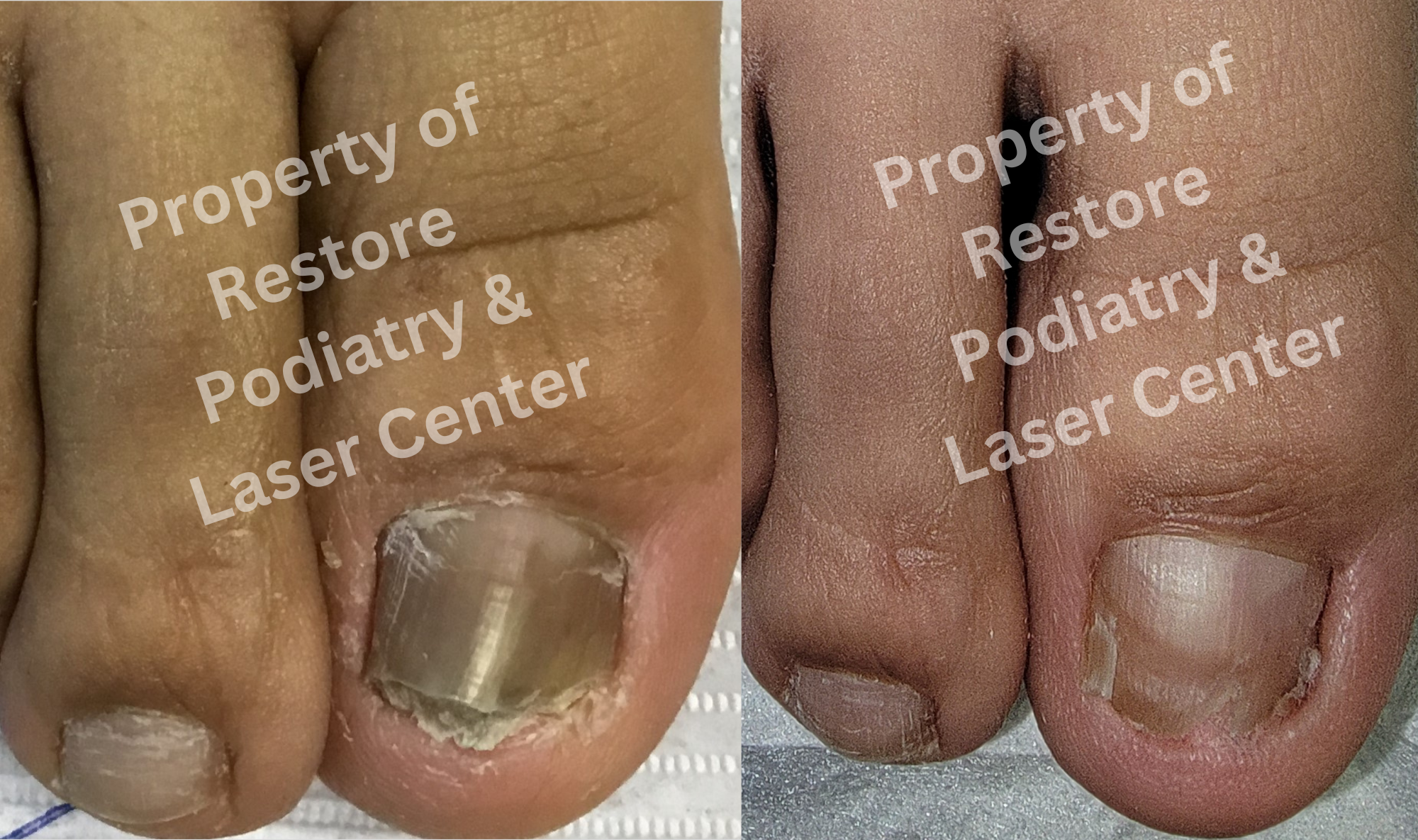
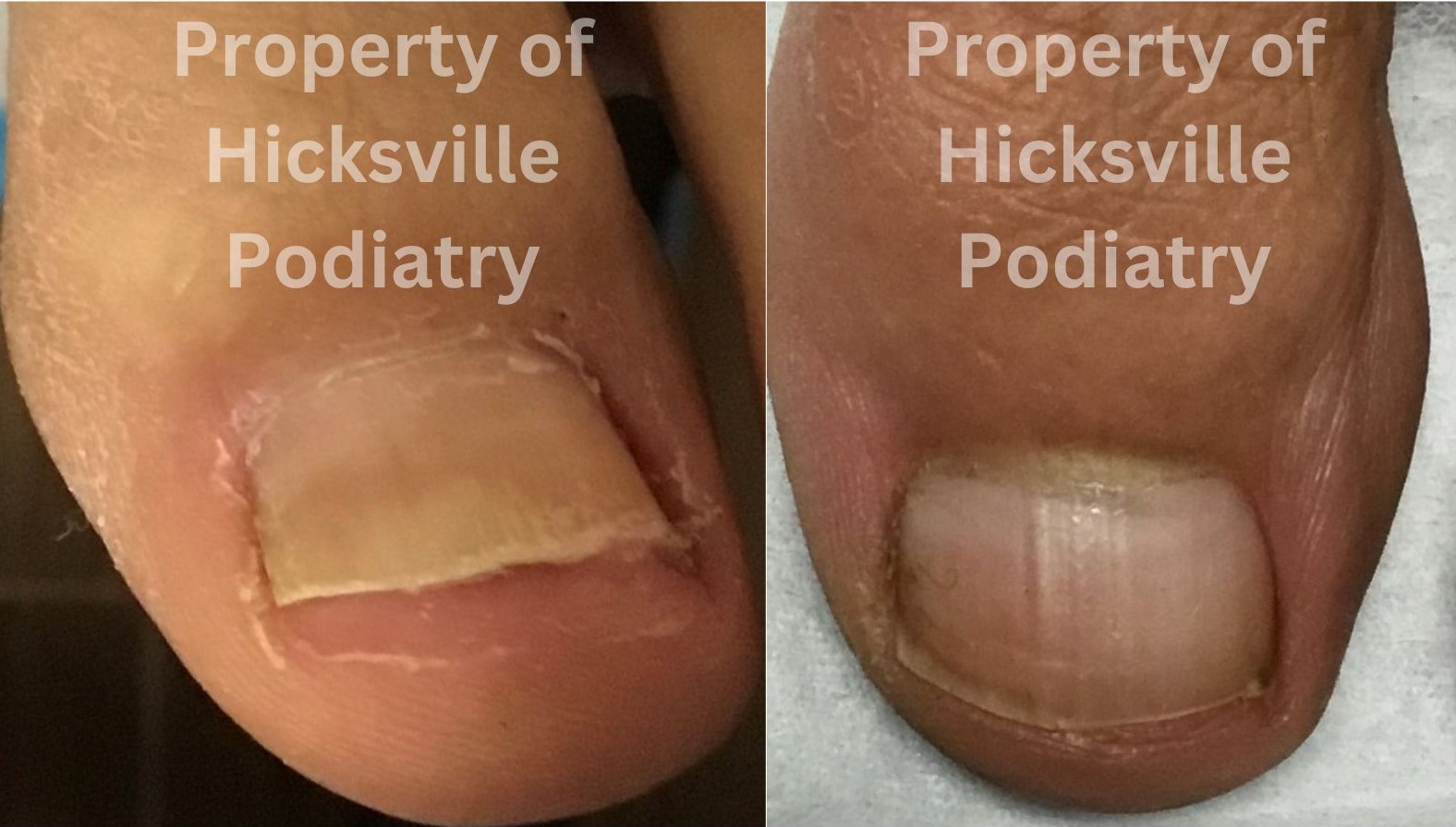
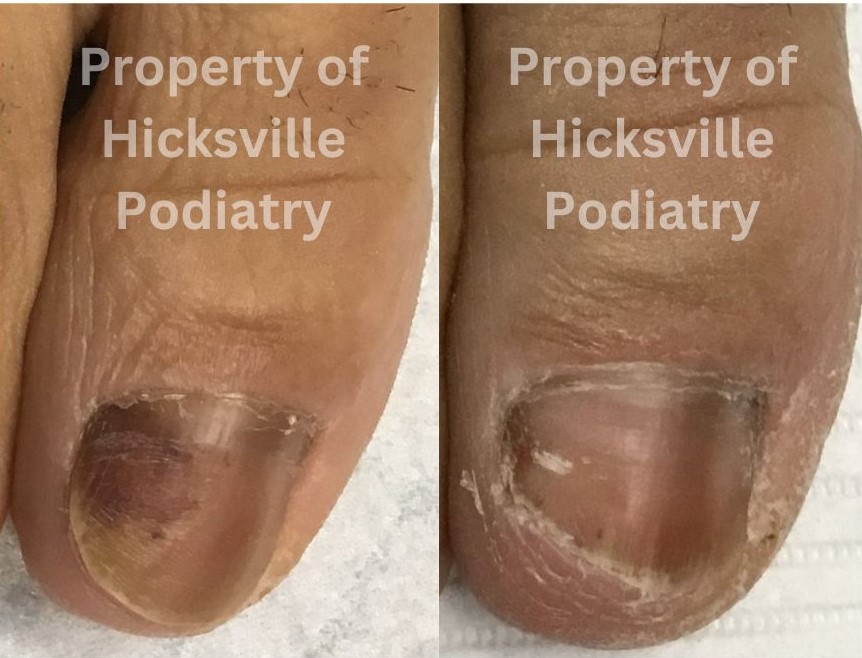
To find out more about our latest Laser treatment or Clear Nail Program™ or to find out you are a candidate for our laser treatment or Clear Nail Program™, please schedule your Laser/Clear Nail Program™ consultation by calling (516) 806-2200, or by filling out our online contact form. Don’t wait any longer to start treating your toenail fungus now!
